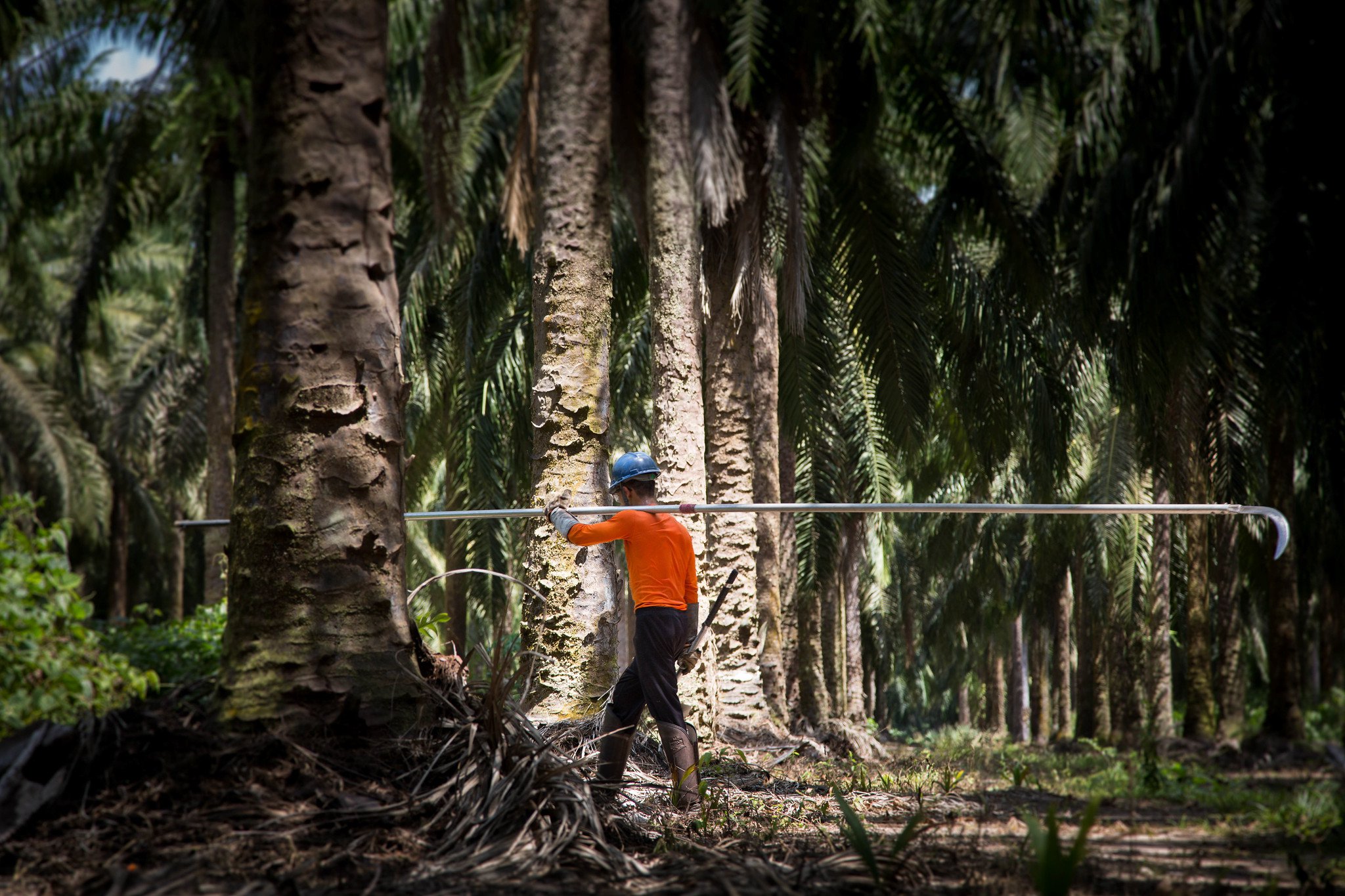Never has our choice – as consumers – had a greater bearing on the planet’s future. That’s one of the main takeaways from the Intergovernmental Panel on Climate Change (IPCC)’s new Special Report on Climate Change and Land.
The report reveals a broken relationship between people and food, and the damaging consequences of our industrialised food system for both human and planetary health.
While the IPCC stops short of making recommendations for policy-makers or individual farmers, land managers or consumers, it lays out the latest science and presents implications for professional and personal choices. It’s up to us to connect the dots.
Care for the land, and it will care for us
At the report’s heart is a simple message: if we care for the land, it will care for us. This goes beyond provision of food, fibre, fuel and the other benefits that sustain human resilience and wellbeing directly – it will pay us back indirectly, too. If we nurture healthy soils, productive and diverse ecosystems, then the land can more effectively regulate the local, regional and global climate.
All of this will help avoid dangerous levels of global warming that will otherwise force millions of people back into poverty or keep them trapped there. The IPCC report warns how global warming is already decreasing crop productivity and disrupting food systems; the impacts on the poorest get worse with every additional degree of warming.
This news isn’t a reason to give up, but rather, to consider how each one of your shopping choices could be a more socially and environmentally sustainable one.
Your shopping basket: a vote for or against the planet’s health
Globally, our food system is too land-hungry and the planet cannot afford it. The entire ‘life cycle’ of our food system, from growing and processing food through to transporting and distributing it, contributes roughly 40% of greenhouse gas emissions.
Our bodies cannot afford these land-hungry habits, either. Human health is marked by increasing obesity and cardiovascular disease because of unhealthy consumption, including of meat and vegetable oils, which the IPPC states have contributed to about two billion adults now being overweight or obese.
Production of these foods in particular – which call for large tracts of land for cattle grazing and oil crops such as palm and soya – is directly linked to land degradation, deforestation. What’s worse: 25-30% of food is lost or wasted.
These factors are associated with additional greenhouse gas emissions. However, land has the potential to be a carbon ‘sink’. Sustainable land management can soak up or store away greenhouse gases, including carbon dioxide and methane.
Positive action can be taken on the supply side. Climate smart agriculture and forestry solutions include intercropping and crop rotation, improved fertiliser and manure management, and low-impact tilling.
But a big part of the answer lies in the demand side and in more sustainable consumption, such as vegetarian and flexitarian diets and being more mindful of our dietary decisions in general. For example, we could choose only those soya- and palm oil-based products that are certified as sustainable; and there’s a huge job to be done in cutting food waste at the point of processing, retail and at home.
How governments and businesses can help
Government intervention and business leadership is essential to create a globalised food system that’s fit for purpose.
ODI’s Future diets report has already pointed out that “healthy food is getting more expensive, while many processed foods are becoming cheaper – and this is leading to higher obesity levels across the developing world”. The analysis suggests using taxes and subsidies to encourage us to consume more healthy foods and fewer unhealthy ones.
Given the crossover between foods that are bad for us and foods that are bad for the planet, taxing junk foods with high proportions of industrially produced and processed meat and oils, on health grounds, could also have positive ‘spillover’ benefits for the environment.
The regime could be designed alongside carbon taxes in the food sector (and other sectors), which is a more targeted way for governments to disincentivise the production and consumption of climate-damaging foods. Carbon taxes have long been debated by economists but are only scantly applied worldwide.
ODI and others are currently investigating accreditation schemes that could inform consumers about the emissions associated with their shopping basket, including food.
For instance, the UK’s Committee on Climate Change has flagged consumption-based emissions in its latest report to Parliament in the UK and elsewhere. A common industry standard for consumer ‘carbon miles’ could be backed by governments and businesses to guide consumers in their personal decisions, in the UK and elsewhere.
Another step forward would be to get governments thinking outside of departmental silos and addressing, in the round:
- tax and subsidy regimes that tackle public health and environmental health simultaneously (as above); along with
- a suite of educational initiatives and sustainable production incentives for farmers;
- consumer labelling and information on both environmental and human health criteria.
To do this would require unprecedented cross-working across national treasuries, agriculture and health departments. But it would be a way to tackle the – increasingly fatal – irony that people with low incomes are incentivised to consume the least healthy, most environmentally destructive foods. It would support us all to be more mindful consumers.

